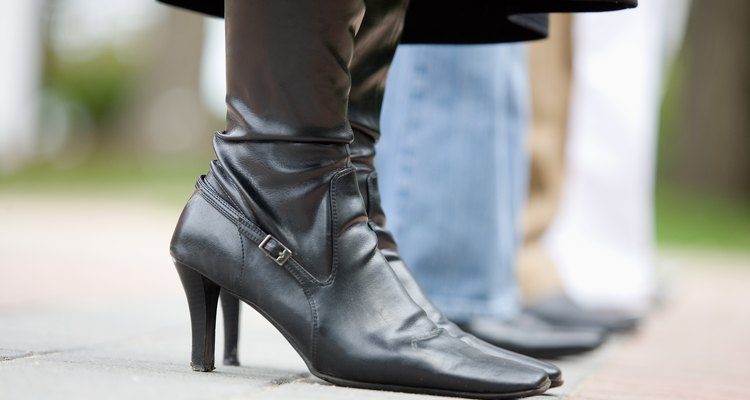
Jupiterimages/Photos.com/Getty Images
Wearing in boots naturally can be a time-consuming and painful process. Most shoemakers and shoe and luggage repair shops have various methods and professional equipment to quickly and easily stretch all manner of footwear, saving you time and trouble. For a nominal price, boots can be stretched in various areas, including the calf, toes, heel or specific trouble spots on your foot and leg, to give you the most comfortable fit.
Types of Boots
New leather is fairly forgiving, and boots made of leather, suede and nubuck will generally stretch the most. Synthetic, man-made materials can also be stretched but not as much as leather. A pair of vintage boots might be stylish and unique, but if the leather is old and dried out, a shoemaker might not be able to work with it without encountering problems.
Types of Stretching
Shoe repair professionals routinely stretch boots and shoes in the length and width, although extending length is most successful on flat shoes. Boots can also be stretched or enlarged in the heels, insteps, toes or specific areas such as around existing corns or bunions. Boot shafts can be stretched up to about 1/2 inch in the calf, making them easier to pull up, zip or fit over jeans. If any point on your leg or foot hurts, it probably can be softened or stretched to some degree.
Solutions
Shoemakers sometimes use a solution of alcohol and water sprayed on the insides of boots to prepare them for stretching. This solution also protects against tearing or harming the material as it expands. These types of shoe and boot stretching sprays are usually also available at shoemakers and shoe repair stores for use at home. Stretching solution may not be appropriate to use with all footwear, however, as it may cause some dyes to bleed. If appropriate for the material, a shoe repair person may also use heat to speed turnaround time.
Equipment
Professional stretching machines may be used for men's, women's and children's shoes and boots as well as for low- and high-heeled footwear. These machines use pressure and sometimes heat to increase length and width. Wooden boot stretchers, also called boot expanders, for home use are sold at some shoe repair shops.
Maintenance
Wear the boots as soon as possible after stretching, as some material might shrink back to its original shape. Wearing the boots will also help your boot conform to your leg and foot size and ensure a personalized fit. Storing boots with newspaper or a rolled-up towel inside may also help your boots keep their desired shape.
Related Articles
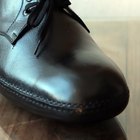
The Best Way to Stretch Patent Leather ...

How to Make Boots Stiff

How to Widen Leather Boots
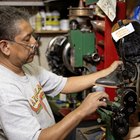
Fixing a Boot's Heel

How Do I Stretch a Pair of Alligator ...
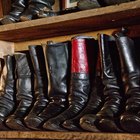
How to Stretch the Calves on Leather ...

Ways to Break in Steel-Toed Boots

How to Loosen up Army Boots That Are ...

How to Make a Shoe Stretch With Rubbing ...

How to Install Ugg Insoles

How to Make Liquid Shoe Stretch

How to Glue Shoe Inserts
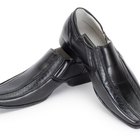
How to Shrink Loafers

How to Stretch out the Tops of Western ...

What Is a Good Way to Break In Danner ...

How to Care for Asolo Leather Hiking ...
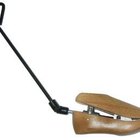
How to Stretch Suede Boots
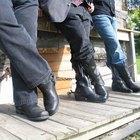
What Is the Best Way to Break In New ...

Home Remedy to Stretch Shoes

How to Make Cowboy Boots Softer
References
Writer Bio
Hilary White is a professional writer and editor based in San Diego. White has been writing articles on fashion, style, fitness, nutrition, movies and entertainment since 1994. Her articles have been published in "Westways" magazine, "Pages" magazine, "Book Street USA," "Magill's Cinema Annual," and numerous titles from Visible Ink Press. White holds a bachelor's degree in English from Michigan State University.
Photo Credits
Jupiterimages/Photos.com/Getty Images